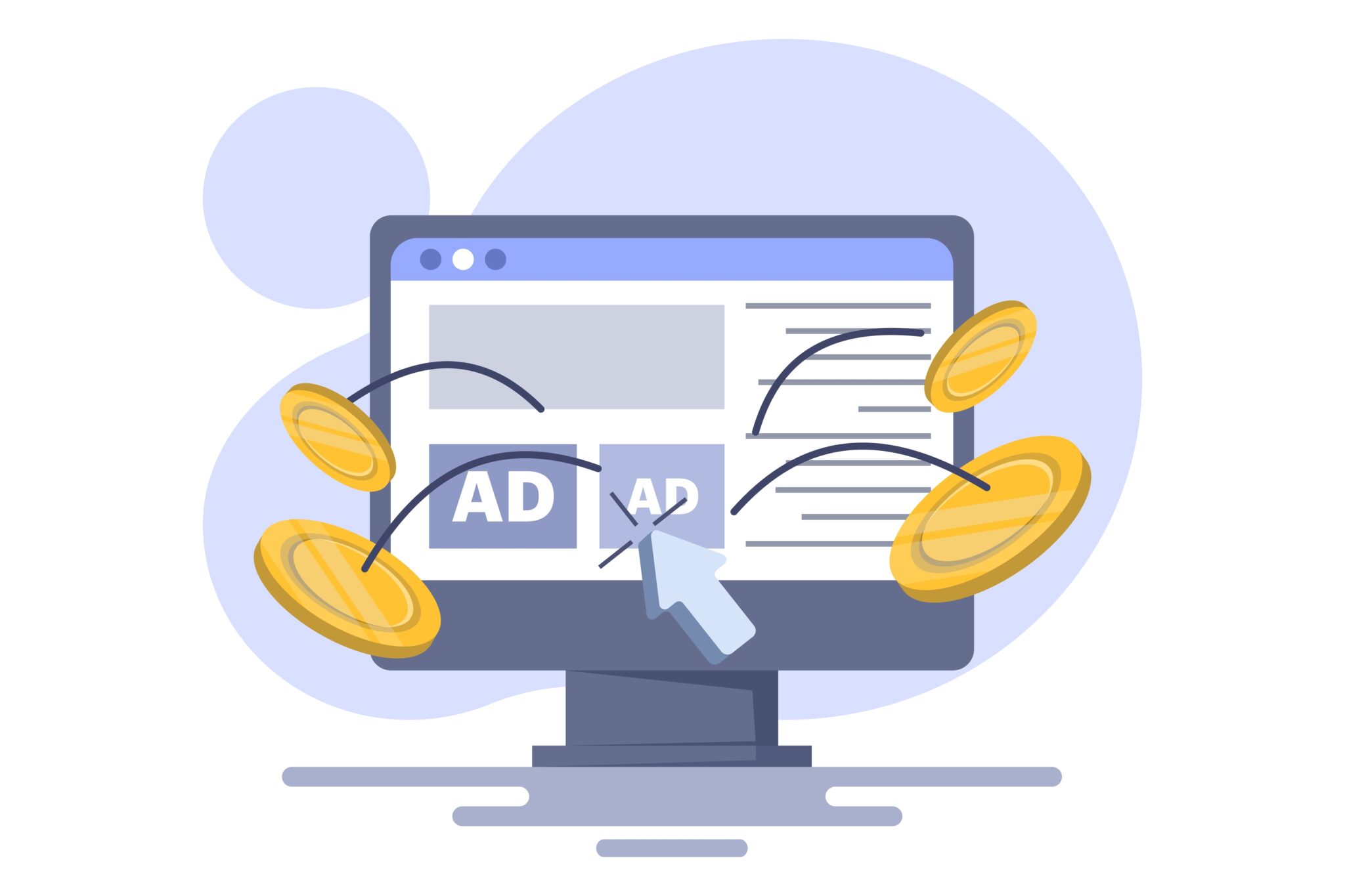Optimising Core Web Vitals for Better User Experience

In the digital age, user experience is paramount for the success of any website. As online users demand faster, more responsive, and more enjoyable browsing experiences, search engines like Google introduced Core Web Vitals a few years ago as key metrics for measuring and optimising website performance. If you’re still not sure about what Core Web Vitals are, why they matter, and how you can optimise your website to improve them, I have put together some information and advice below.
What Are Core Web Vitals?
Core Web Vitals are a set of specific metrics that measure the loading performance, interactivity, and visual stability of a web page. These metrics are essential for assessing the overall user experience and determining how quickly users can interact with and navigate a website. The three core metrics that make up Core Web Vitals are:
- Largest Contentful Paint (LCP): This metric measures the loading speed of the largest content element on a web page, such as an image, video, or text block. A fast LCP ensures that users can access and engage with the main content of a page quickly, leading to a more positive user experience.
- Interaction to Next Paint (INP): This measures the responsiveness of a website by tracking the time it takes for a page to become interactive after a user initiates an action, such as clicking a button or tapping a link. INP focuses on the gap between a user’s input and the resulting visual feedback from the website, emphasising the importance of delivering a seamless and responsive browsing experience. By optimising for a low INP, web developers can ensure that users can interact with their websites quickly and effortlessly, leading to higher engagement, satisfaction, and ultimately, improved overall performance and user experience.
- Cumulative Layout Shift (CLS): CLS measures the visual stability of a web page by quantifying any unexpected layout shifts that occur during the page loading process. A low CLS ensures that elements on the page remain in their expected positions, preventing frustrating user experiences such as accidental clicks or misaligned content.
Why Do Core Web Vitals Matter?
Core Web Vitals matter because they directly impact the user experience and can influence a website’s search engine ranking. Websites that provide fast, responsive, and visually stable experiences are more likely to rank higher and attract more traffic from search engines.
How to Optimise Core Web Vitals
Optimising Core Web Vitals requires a combination of technical optimisations, performance improvements, and best practices for web development. Here are some strategies to help you optimise your website’s Core Web Vitals:
- Optimise Images and Videos: Compress and resize images and videos to reduce their file sizes and improve loading times. Use modern image formats such as WebP and lazy loading techniques to defer the loading of non-essential media until it’s needed.
- Minimise JavaScript Execution: Reduce the amount of JavaScript code on your website and optimise its execution to minimise render-blocking and improve page responsiveness. Consider deferring non-critical JavaScript or using asynchronous loading techniques to prioritise essential content.
- Prioritise Content Loading: Load critical content and resources as quickly as possible to ensure fast Largest Contentful Paint times. Optimise server response times, leverage browser caching, and use content delivery networks (CDNs) to deliver content more efficiently to users.
- Optimise CSS Delivery: Minimise render-blocking CSS and optimise its delivery to improve page loading and layout stability. Consider inlining critical CSS or using techniques such as CSS preloading to prioritise the rendering of essential stylesheets.
- Eliminate Layout Shifts: Avoid causing unexpected layout shifts by specifying dimensions for images, videos, and other elements on the page. Reserve space for dynamically loaded content and use transition animations judiciously to minimise visual disturbances.
Core Web Vitals are essential metrics for assessing and optimising the user experience of a website. By understanding the importance of metrics such as Largest Contentful Paint, Interaction to Next Paint, and Cumulative Layout Shift, and implementing strategies to optimise them, you can improve your website’s performance, usability, and search engine ranking. Investing in Core Web Vitals optimisation not only enhances the experience for your users but also ensures that your website remains competitive and visible in search results.







